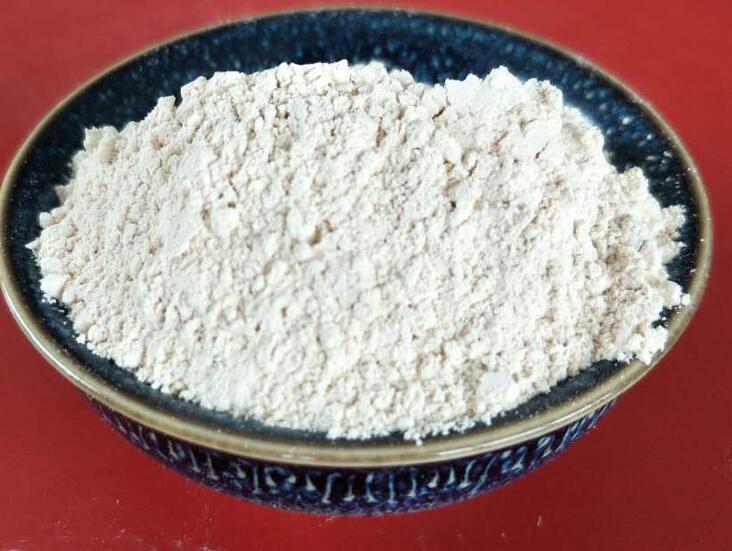Green synthesis of layered magnesium hydroxide and its efficient adsorption performance for rare earth europium ions

As an important layered functional material, layered magnesium hydroxide (Layered Double Hydroxide, LDH) has been widely studied in recent years for the adsorption and separation of various ions due to its unique structural characteristics and adjustable interlayer space. Includes rare earth ions. For adsorption research on rare earth europium ions (Eu³⁺), the following is an overview of possible research directions and methods:
Preparation method 1. Co-precipitation method: One of the most common preparation methods, by adjusting the pH value of the solution, magnesium ions and aluminum ions react with OH⁻ ions to form a layered structure hydroxide. The morphology, particle size and interlayer spacing of the product can be adjusted by controlling the reaction conditions (such as pH, reaction temperature, reaction time and raw material ratio) to optimize its adsorption performance for Eu³⁺ ions.
2. Hydrothermal method: In a sealed reaction vessel, using aqueous solution as the reaction medium, under high temperature and high pressure conditions, layered magnesium hydroxide with high crystallinity and large specific surface area can be obtained. This method is conducive to the formation of uniform micro-nano structure and to improving adsorption efficiency.
3. Sol-gel method: Sol is formed by hydrolysis and polymerization of metal salts, followed by gelation and heat treatment to obtain layered magnesium hydroxide. This method can precisely control the composition and structure of the material.
Study on the adsorption of rare earth europium ions 1. Adsorption mechanism: Study the adsorption kinetics, equilibrium adsorption capacity and adsorption isotherm of LDH on Eu³⁺, and explore possible mechanisms in the adsorption process, such as electrostatic attraction, ion exchange, coordination, etc. Due to its large ionic radius and high charge density, Eu³⁺ easily exchanges adsorption with anions in the layered structure.
2. Modified layered magnesium hydroxide: In order to further improve the adsorption performance of Eu³⁺, surface modification (such as introducing specific functional groups) or adjusting interlayer anions (such as replacing the original ones with NO₃⁻, CO₃²⁻ anions) to optimize the adsorption sites and increase the selectivity and adsorption capacity for Eu³⁺.
3. Optimization of adsorption conditions: Study the effects of parameters such as pH value, temperature, adsorption time and initial Eu³⁺ concentration on adsorption efficiency to find the optimal adsorption conditions.
4. Regeneration and recycling: Explore effective regeneration methods (such as acid washing, alkaline washing, pyrolysis, etc.) and evaluate the stability and reusability of materials, which are crucial for practical applications.
5. Characterization and analysis: Use X-ray diffraction (XRD), scanning electron microscope (SEM), transmission electron microscope (TEM), Fourier transform infrared spectroscopy (FTIR) and other methods to analyze the structure, morphology and functional groups of the material. The groups were characterized to verify the structural changes before and after adsorption.
Through the above research, we can not only deepen our understanding of the relationship between the structure and performance of layered magnesium hydroxide materials, but also promote its development in the field of environmental protection, especially in the efficient recovery of rare earth elements from complex water systems.








